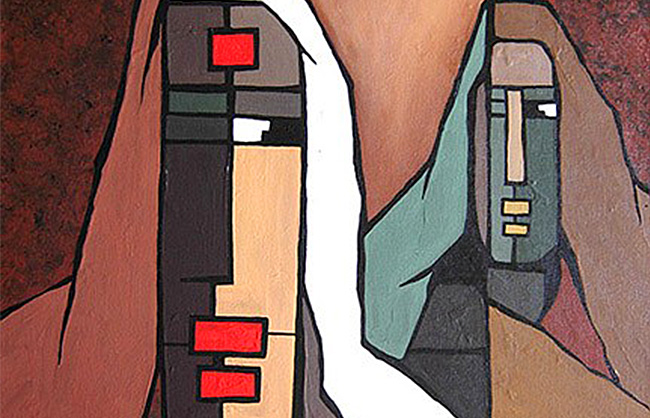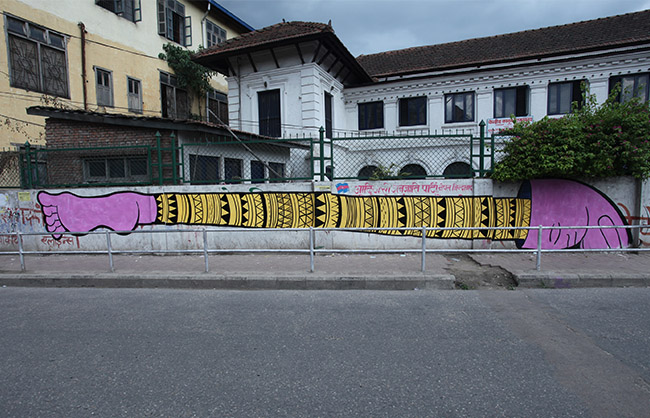Writing
Project Details
Title: The journey of lights
Category: Writing
Date: 25 November 2015
Share:
The centuries-old chariot of the Nani Bhagwati (daughter of the goddess Bhagwati) comes rolling down a path that was once the trade route connecting the three cities of the Kathmandu Valley to Tibet. Beautifully attired young women saunter alongside the chariot, while a group of young men pull the heavy bulk of damp wood with all their machismo. All this while, older folks cup their array of hearts, spades, cubes and diamonds in their ageing palms. Only once in a year does Dhulikhel embrace this outburst of joy, this aura of festivities, and this feeling of celebration.
This was Sukunda Yatra, the journey of lights, and unlike most traditions in Nepal, the Yatra does not trace its history to age of the Kumari and the Kings; instead the ride of the daughter-goddess began just four years back as a rise of a new tradition in the backdrop of a culture that long relishes the Sukunda (the traditional Newari lamp), and associates it with the initiation of any ceremony.
But the festival was also started for reasons other than heritage, as Sukhar Laxmi Nhasiju, a local resident, explains. The Sukunda Yatra was a reason to celebrate the feminine, a reason for the housewives who traditionally prepare all the meals for the Dashain festivities to go out and enjoy their own version of Dashain, while their husbands sit back and relax during the 10-day festival. The Yatra sought to rewrite the rules, and brought the women out post-Dashain rituals to “breach this boundary” between the genders.
The rituals are elaborate, the fabrics all red. In traditional attires, women carry a sukunda each, their faces lighting up in the dancing fire of the lamps. Two girls with thick layers of make-up, a modern vestige for a modern tradition, lead the line, followed by an array of radiance, of the dancing lights that light up the night skies in a corner of this medieval suburb.
Today, at least one female from every family in Dhulikhel participates in the Yatra, giving birth to a new tradition amid all the old ones that exist. A team of volunteers from the Ekta Yuwa Samuha popularised and advertised the idea, mostly through word of mouth. The first year saw only a 106 participants, while in the second year, the number had nearly doubled to 203.
But, like any other modern practice, will this Yatra survive the short attention span of the times? There is hope among the residents here that it will pass the test of time, like “any other good tradition”, and even more, as “this festival does not lay any boundaries of age, caste, religion or culture”.
For now, as in the years before, 86-year-old Mathuramaya Knasingju, 80-year-old Kalimaya Chocche, and 75-year-old Pankhamaya Wenju, will lead the Yatra in the coming years, the frailty of their ages not denying them the pleasure of the journey. For now, 82-year-old Pushpamaya Deoju will continue travelling to Dhulikhel every Dashain as she has done for the last four years. For now, the journey continues.
Printed on: 2009-10-02| OCT 02








